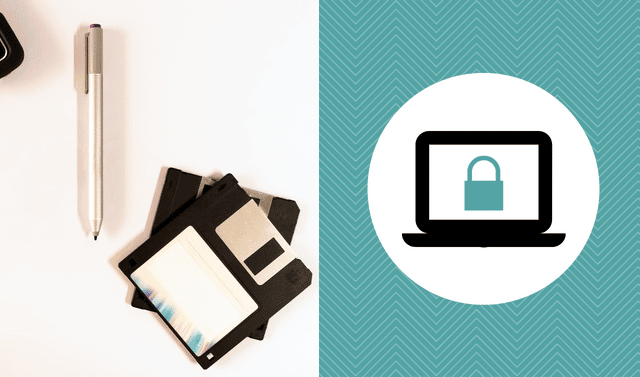Sign up for the Family Tree Newsletter! Plus, you’ll receive our 10 Essential Genealogy Research Forms PDF as a special thank you.
Whether you have years of genealogy research under your belt and an entire corner of a large room dedicated to it, or you’re just starting on your genealogy journey, the advantage of digitizing your family history is the ability to store and preserve it within the cloud. But digitizing your genealogy research isn’t just establishing a paperless filing system, it also refers to sharing our family’s rich history—with a select few or anyone who wants to read it!
But what exactly can and should be digitized? More than you might think! Read on to get some ideas for source material you can add to your digital genealogy research strategy.
1. Old photos and documents
This is what we often think of when it comes to digitizing – scanning old photos and records. But making decisions on what to scan and how to organize them can be daunting, especially if you have boxes and bins filled to the brim. Before you begin, take a strategic approach and figure out how you’re going to tackle the task of turning your paper into digital files.
A vital element: think outside the box! While you’re uploading your photos, take a moment to peruse them for clues, photo detective style. What can you learn from the background or their clothes? Don’t confine yourself to photographs and records, either. Look for old recipes in your grandmother’s hands, and if you still have her cookbooks, take a photo of the cover and scan any with handwritten annotations. Which pages look like they have been used a lot?
2. Audio and video files
We have the tools to capture our relatives telling their own stories and adventures right at our fingertips! Our mobile phones can record audio interviews and think of what a rich resource it is to have the ability to know what our ancestors looked and sounded like, including their mannerisms and facial expressions. At you next family gathering, why not capture everyone for at least a minute or two on your cell phone? Then, use easy tools like Audacity or Adobe Spark to create a source document and incorporate them into your story.
Read more: 10 Ways to Enhance Your Family History with Video
3. Heirlooms and other physical objects
You may not be able to upload a plate or a quilt, but you can take photos of them. Adding images of heirloom objects to your files, along with the stories behind them, can make your family history rich – and even trigger new leads. Sometimes, furniture or dishes might have only been made in a certain place or time frame, or maybe your ancestors own a
Sears house. What books graced your ancestors’ shelves? Snap a photo of their collection.
Better yet, why not use the tools in tip number 2 and record your family members talking about what makes that heirloom significant or interesting? Are there other members of the family who have their own memories or knowledge about the object?
These three tips show different ways creating a digital strategy can also open up new research and take a broader approach to documenting our ancestors, but they certainly aren’t the only ways.





